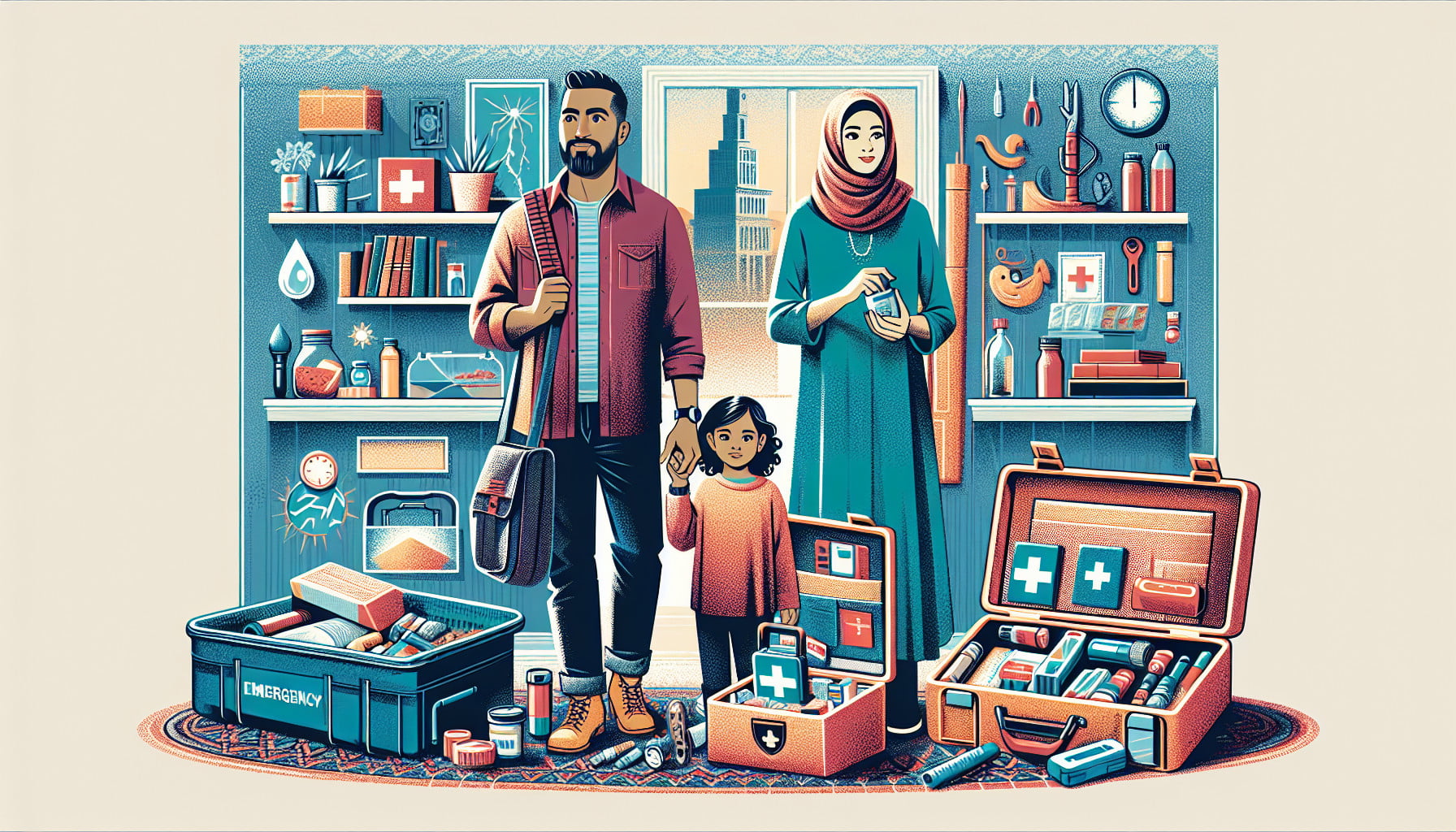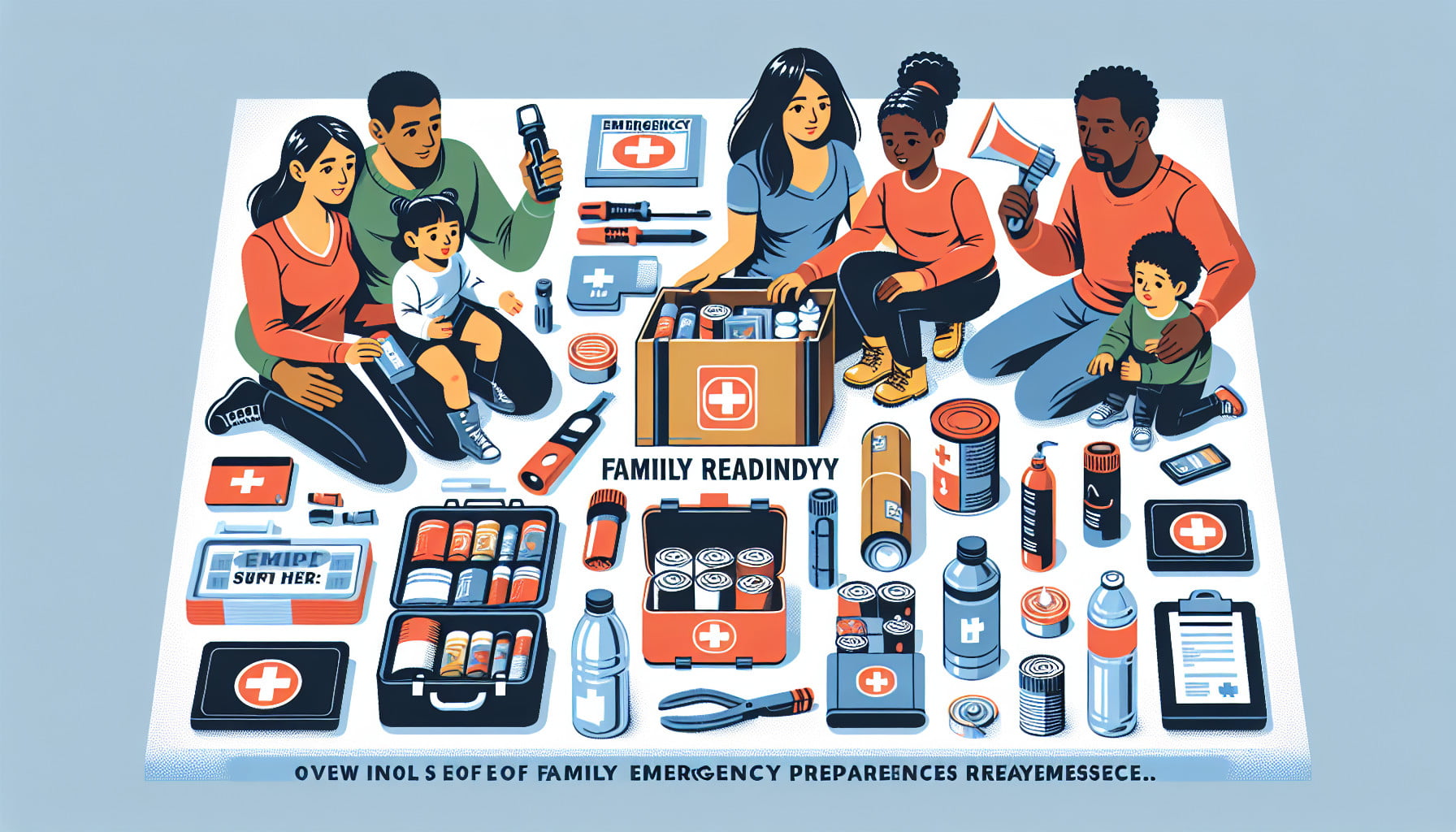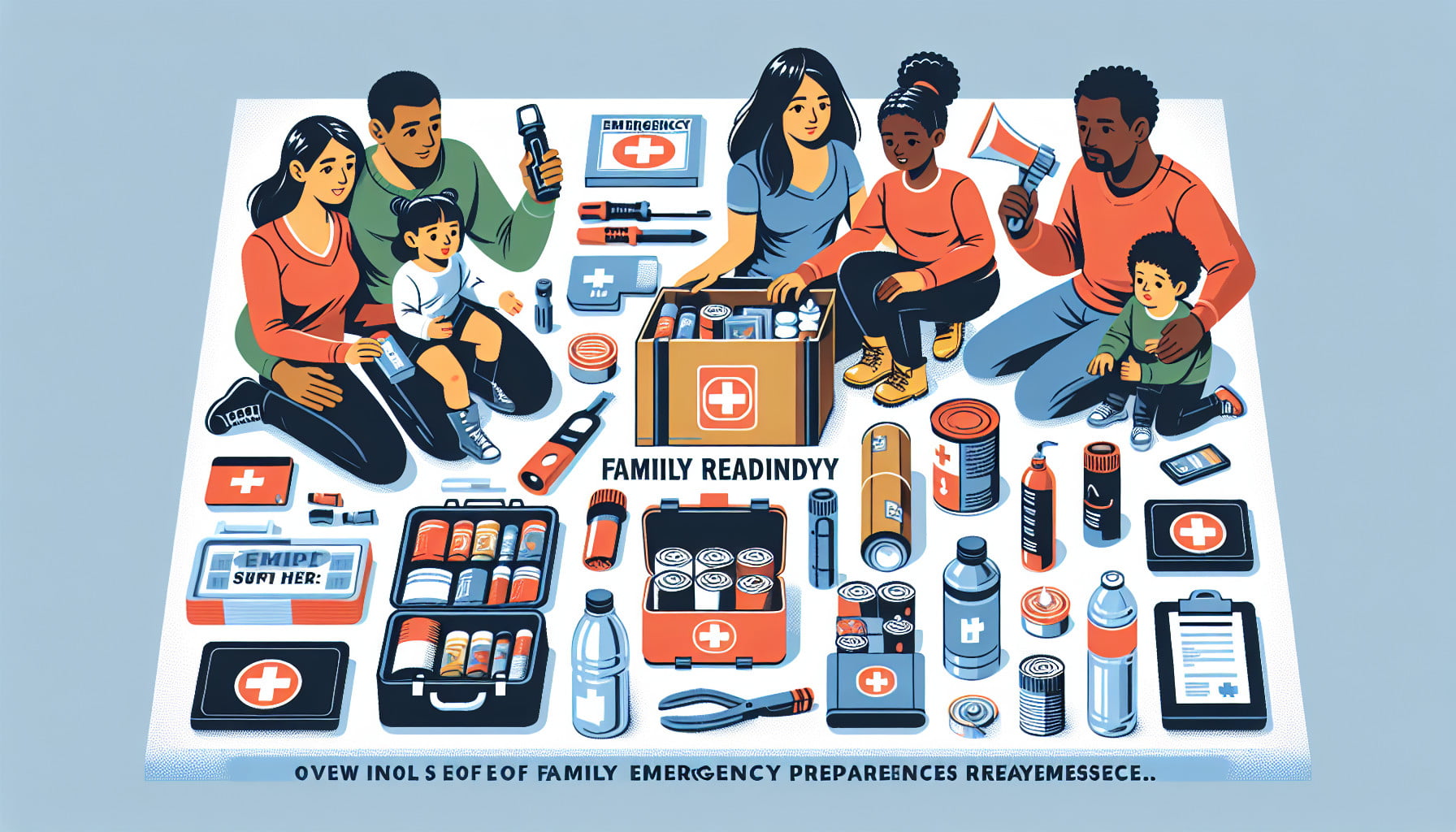So you think you’re ready for any emergency that comes your way? Well, think again. It’s not just about having a first aid kit and a few extra cans of soup stocked up in your pantry. True emergency preparedness for families requires much more than that. From creating a comprehensive emergency plan to knowing how to handle different types of emergencies, this article will guide you through everything you need to know to ensure the safety and well-being of your loved ones when disaster strikes. Don’t wait until it’s too late – read on to become a pro at emergency preparedness.
Why Is Emergency Preparedness Important?
Emergency preparedness is a critical aspect of ensuring the safety and well-being of yourself and your family. Disasters and emergencies can strike at any time, and being prepared can make all the difference in how you and your loved ones can cope with and recover from these situations. By taking the time to create an emergency plan, assemble essential supplies, and understand evacuation procedures, you can significantly increase your chances of staying safe during a crisis.
Creating an Emergency Plan
Identify potential hazards
The first step in creating an effective emergency plan is to identify the potential hazards in your area. Consider both natural disasters, such as earthquakes, floods, or hurricanes, as well as man-made emergencies like fires or chemical spills. Understanding the specific risks you face will help determine the necessary actions and precautions you should take.
Determine a meeting place
In the event of an emergency, it’s crucial to have a designated meeting place where your family can gather. Choose a location that is easily accessible and well-known to all family members. This could be a neighbor’s house, a local community center, or even a relative’s home. Having a predetermined meeting place will help ensure that everyone is accounted for and can provide a sense of security during chaotic situations.
Establish communication methods
During emergencies, communication can be extremely challenging, with phone lines and internet connections often disrupted. Therefore, it is vital to establish alternative communication methods with your family members. Consider investing in two-way radios, which can operate even when traditional forms of communication are down. Additionally, ensure that everyone knows how to send and receive text messages, as these can often be more reliable than phone calls during disasters.

First Aid and Medical Supplies
Assembling a first aid kit
Having a well-stocked first aid kit is essential for handling minor injuries and providing initial medical care during emergencies. Make sure your first aid kit includes basic supplies such as bandages, adhesive tape, antiseptic wipes, and over-the-counter pain relievers. It’s also helpful to have a first aid manual that provides guidance on how to handle different injuries and medical conditions.
Basic medical supplies to have
In addition to a first aid kit, it’s essential to ensure you have basic medical supplies on hand. This includes prescription medications that family members may require, as well as any necessary medical equipment such as asthma inhalers or EpiPens. Keep an inventory of these supplies and regularly check for expiration dates to ensure everything is up-to-date and ready to use.
Emergency Food and Water
Stocking up on non-perishable items
In the event of an emergency, access to food may be limited or even cut off entirely. It is crucial to have an emergency food supply stocked with non-perishable items that can sustain your family for at least three days. Look for foods that require minimal preparation and can be stored for an extended period, such as canned goods, peanut butter, granola bars, and dried fruits. Remember to periodically check and rotate these supplies to ensure freshness.
Calculating water needs
Water is a vital resource during emergencies, and it’s recommended to store at least one gallon of water per person per day. This water supply should be enough for drinking, cooking, and sanitation purposes. Consider investing in water purification tablets or a water filter to ensure a clean water source in case the tap water becomes unsafe to consume. It’s also a good idea to have a portable water container that you can fill up quickly if you need to evacuate.

Emergency Shelter
Preparing your home
Your home should serve as a safe haven during emergencies, so it’s important to take steps to prepare it for such situations. Secure heavy furniture, shelving units, and appliances to prevent them from tipping over during earthquakes or strong winds. Make sure your smoke detectors and carbon monoxide detectors are functioning correctly. Additionally, consider reinforcing windows and doors to enhance their resistance to high winds and potential intruders.
Alternative shelter options
In some cases, it may be necessary to evacuate your home and seek shelter elsewhere during an emergency. Familiarize yourself with community shelters, hotels, or the homes of friends or family members that could serve as alternative shelter options. Keep a list of these locations, including their addresses and contact information, in your emergency plan. It’s important to have a backup plan in case staying at home is not a safe or feasible option.
Evacuation Planning
Understanding evacuation routes
In situations where staying at home is not advisable, it’s crucial to understand your community’s evacuation routes. Research and map out several possible routes to various destinations, such as emergency shelters or designated meeting places. Take note of any potential road closures or traffic congestion points that could hinder your evacuation. Familiarize yourself with these routes and periodically review them with your family members to ensure everyone knows how to reach safety.
Preparing a go-bag
A go-bag, also known as an emergency kit, is a portable bag filled with essential items that you would need to take with you if you were required to evacuate quickly. Your go-bag should include items such as important documents (identification, insurance papers, etc.), a change of clothes, toiletries, medications, and a flashlight. It’s also advisable to include copies of your emergency plan and contact information for emergency services and local authorities.
Arranging transportation
During an evacuation, transportation options may be limited, so it’s important to plan ahead. Coordinate with family members, neighbors, or friends in advance to arrange transportation if needed. If you have multiple vehicles, ensure they are well-maintained and have enough fuel to reach your intended destination. If public transportation is available, familiarize yourself with the routes and schedules to maximize your evacuation options.

